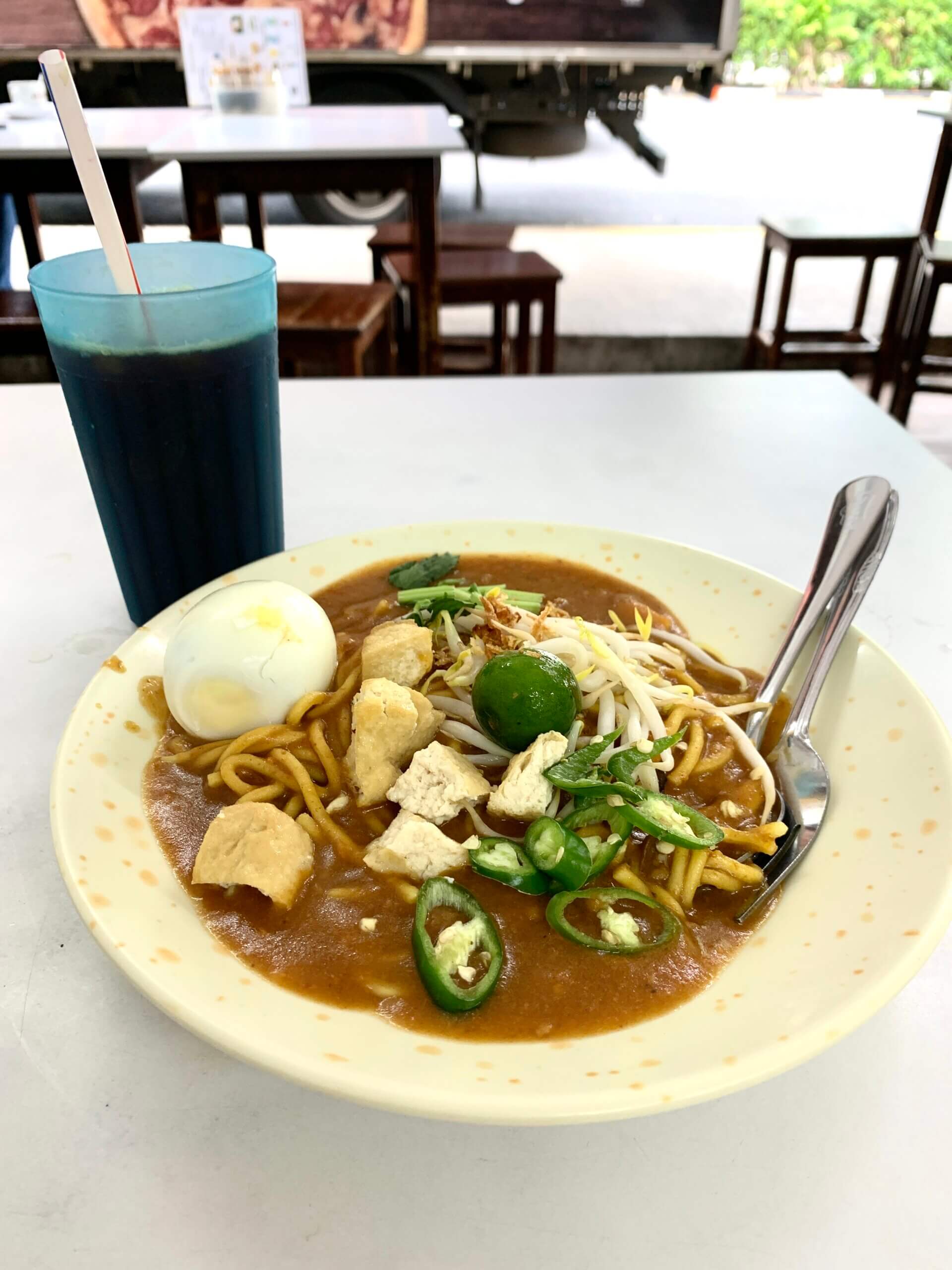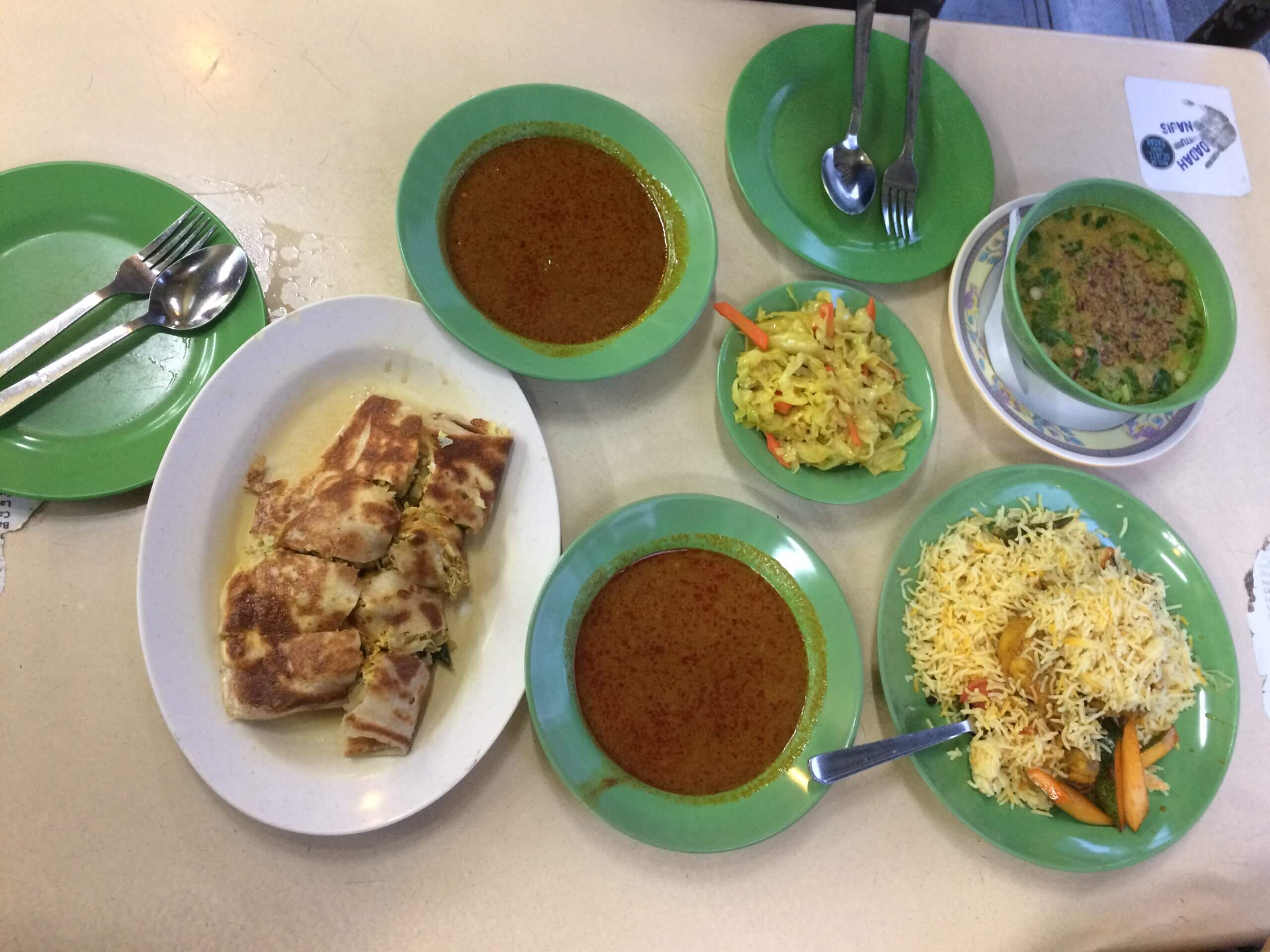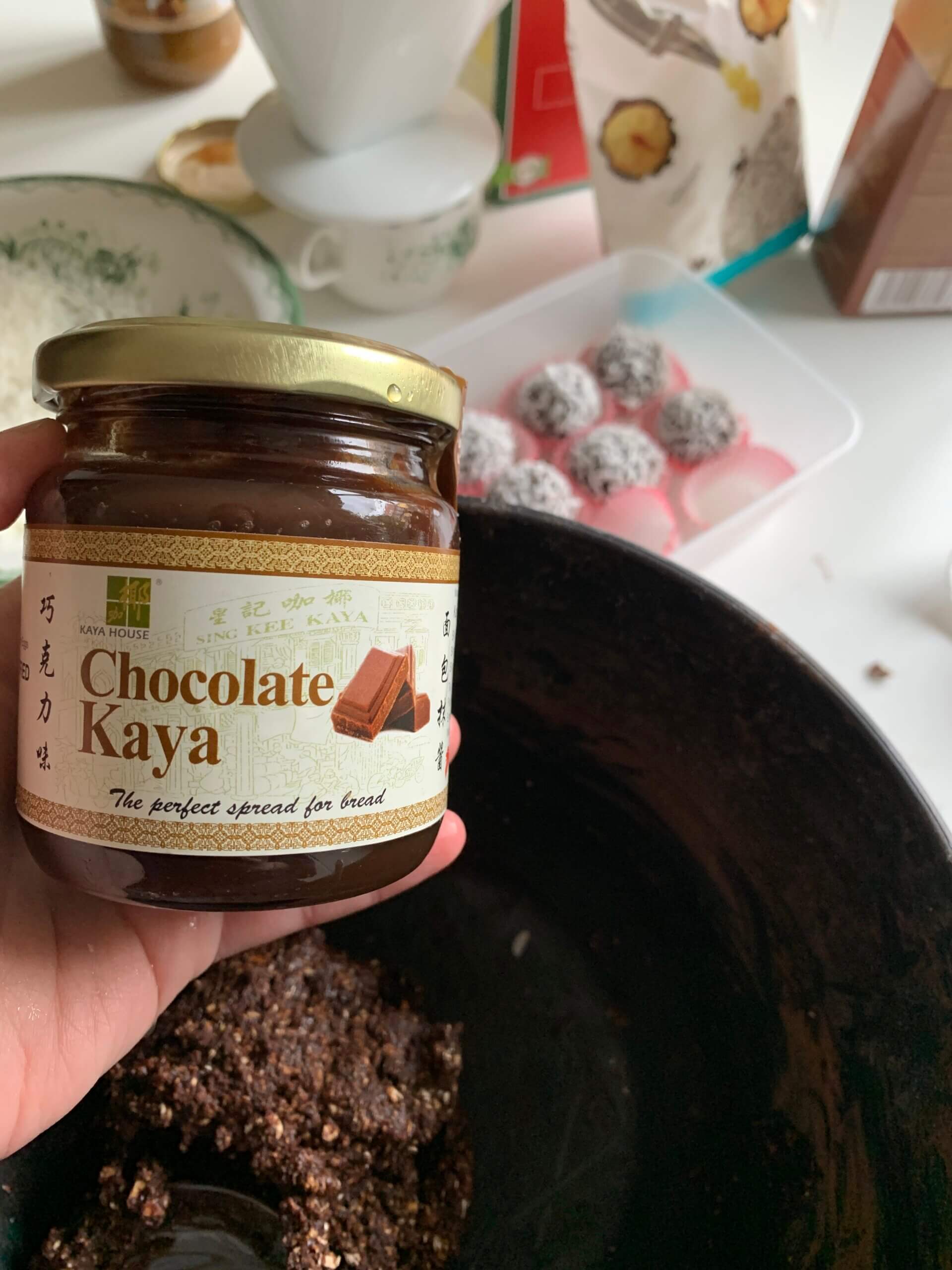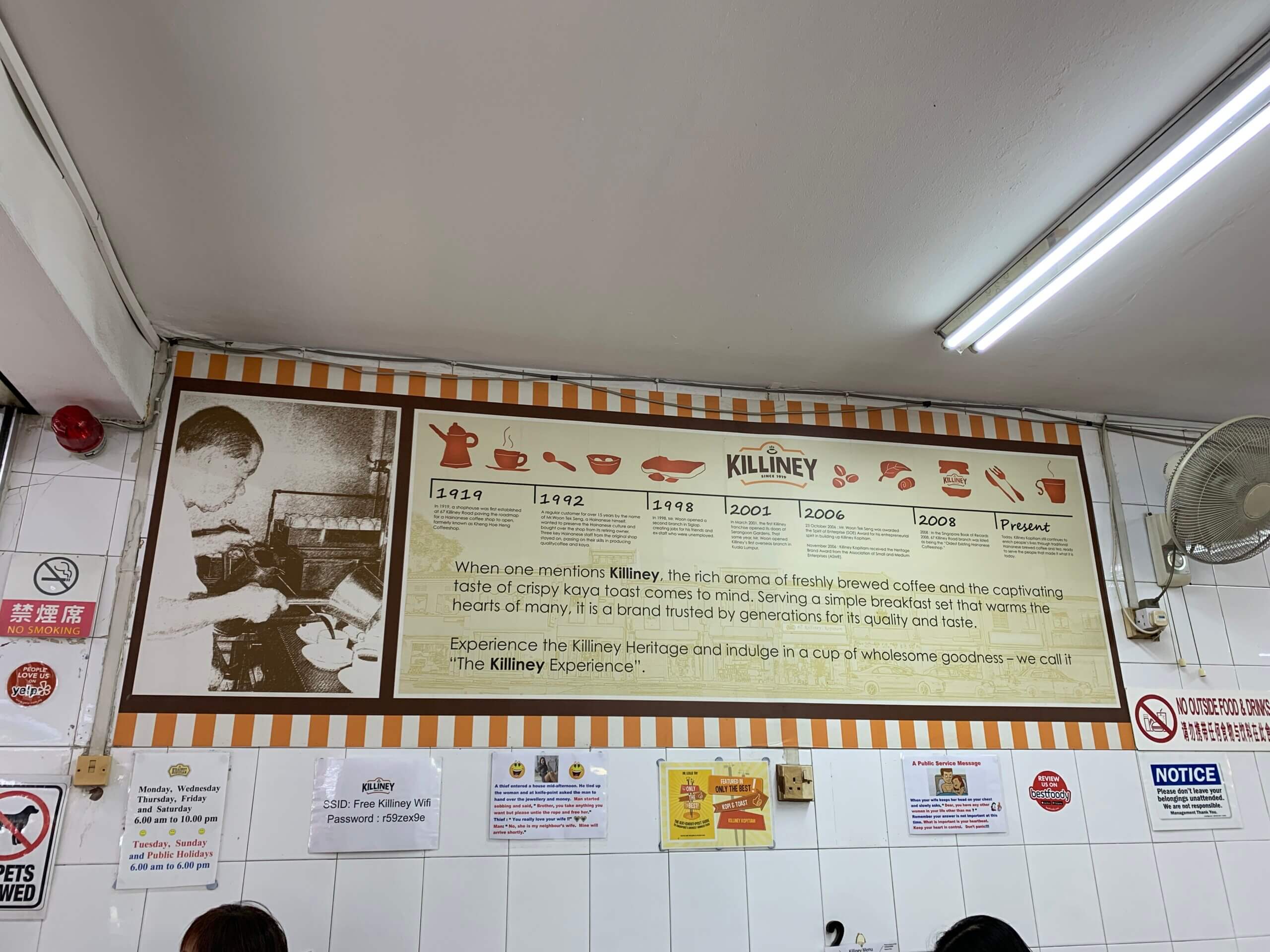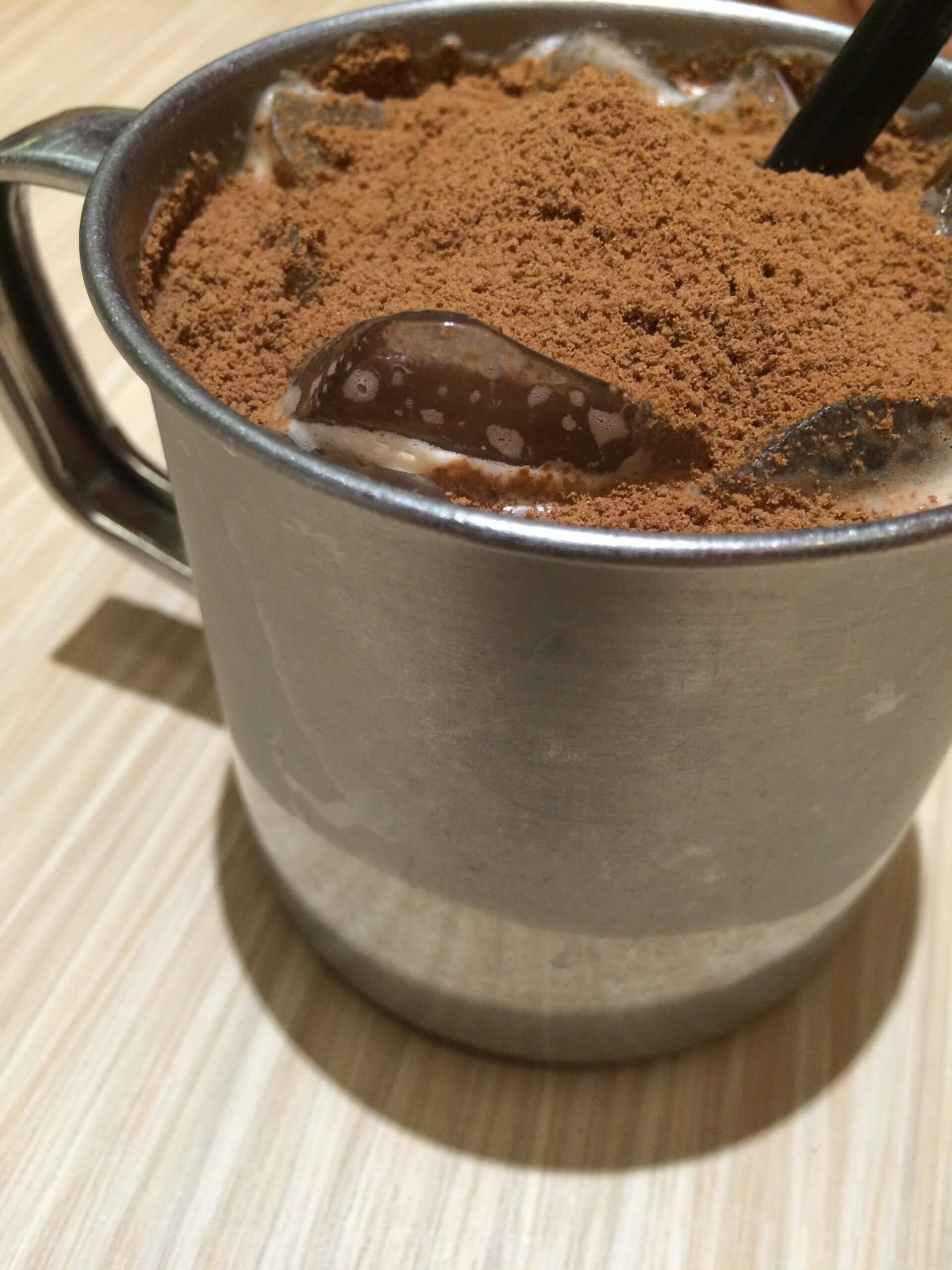In a typical kopitiam, the drinks stall would sell coffee, tea, and soft drinks in addition to typical food offerings of kaya toast, soft poached eggs, and snacks. Kaya is a coconut jam that is made with coconut milk, pandan leaves, egg yolks, and sugar. With its caramel flavor and hints of pandan it is spread on a thick toast with butter. Paired with a hot cup of coffee, this simple meal is perfect for breakfast or a snack in between meals. Another typical choice is to have a bowl of two softly poached eggs served with a bit of soy sauce and a cup of coffee. Most kopi tiam shops have long opening hours so you can always order a cup of coffee or tea with something to eat.
A popular chain with humble beginnings,
Killiney Kopitiam, is found everywhere in shopping malls, office buildings, independent shophouses, Changi airport, and of course,at their original 1919 flagship location at 67 Killiney Road. This coffee shop still serves their signature kaya toast with coffee and tea the same way it has always been done. Today, their menu offerings have expanded to noodles, pork chops, fish and chips, chicken cutlets, and various other savory dishes that one would consider a full meal instead of just a
kopitiam.
